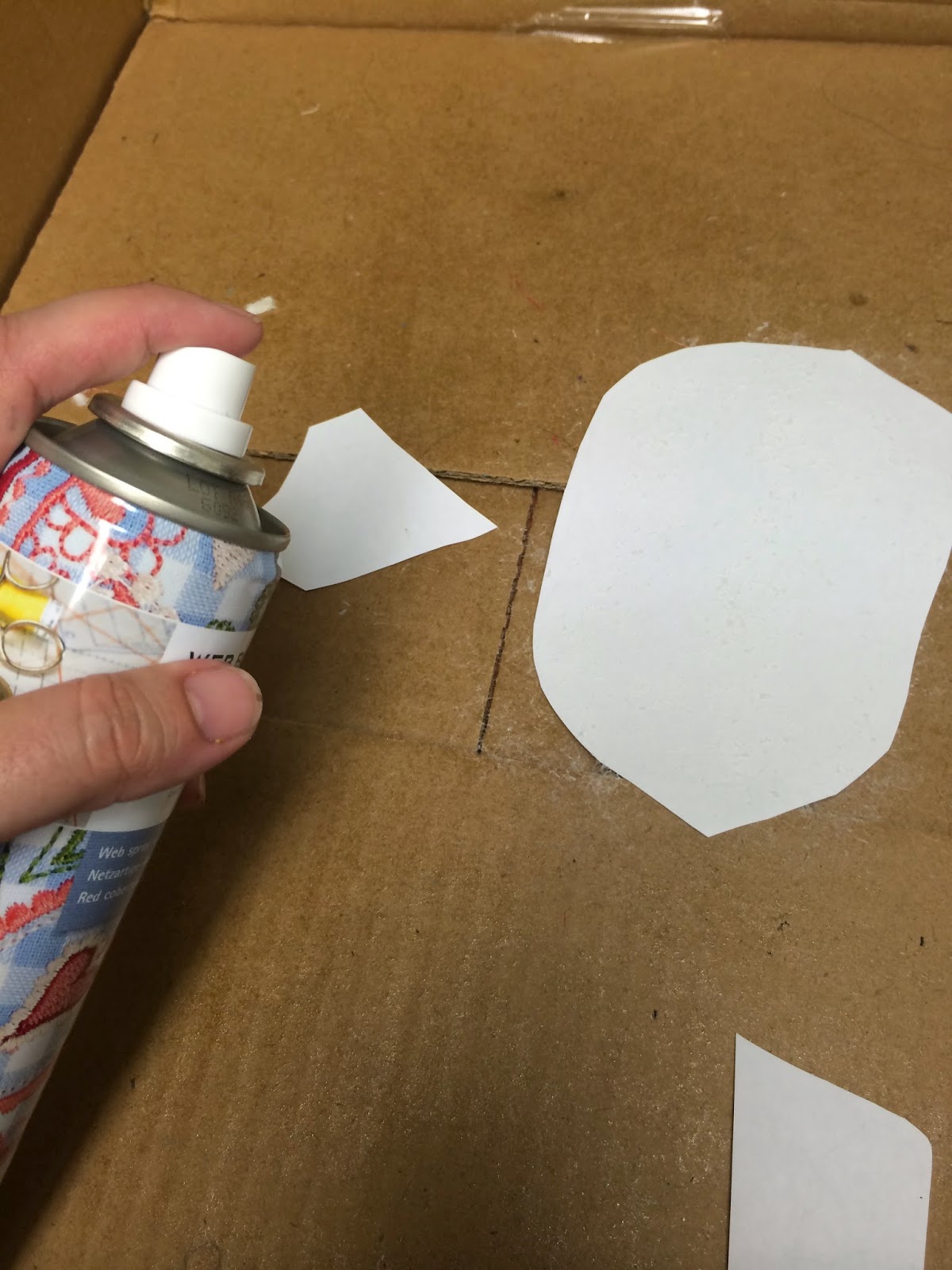This simple and sweet applique project will bring a little autumn to your kitchen in no time! Find the pattern and instructions below.
Supplies:
- Mettler Web Bond Temporary Adhesive Spray
- Mettler Silk Finish 60 weight cotton in white or neutral color
- Mettler Silk Finish 50 weight orange (sample used 0902)
- Mettler Silk Finish 60 weight brown (sample used 0618)
- Mettler Silk Finish 60 weight green multi (sample used 9818)
- Scrap of orange fabric (8" by 6")
- Scrap of green fabric (4" square)
- Scrap of brown fabric (3" square)
- Lightweight Tear Away stabilizer (at least 9" square)
- Sharp embroidery needle
- Sewing machine with applique foot
- Cotton Tea Towel (such as Dunroven House Tea Towel in Dijon)
Instructions:
Print the Pumpkin Applique Pattern. (Click here to download the pattern.)
Roughly cut out the pattern pieces for the leaves, stem, and pumpkin.
Spray the back of the paper patterns with Web Bond temporary adhesive spray.Apply the paper patterns to the RIGHT side of the applique fabrics and cut out.
Mark the center of the towel by folding it in half lengthwise and pressing it lightly.
Spray the wrong side of the applique fabrics with temporary adhesive spray.
Place the pumpkin in the center of the towel, approximately 2" from the bottom of the towel.
Add the stem and back leaf, tucking them under the pumpkin shape. We put the pumpkin down first to make it easier to center.
Add the second leaf.
Lightly spray a piece of lightweight tear away stabilizer with Web Bond. Place it on the back of the towel, centering it underneath the applique fabrics.
Press the applique fabrics onto the towel to flatten the fabrics and secure the temporary bond of the Web Bond spray.
Trace or sketch the pumpkin vines onto the applique fabrics and towel with a temporary marker.
Select Mettler Silk Finish 50 weight thread in colors to coordinate with your applique pieces. You will need orange, brown, and green.
Thread the machine with Mettler Silk Finish 60 weight cotton neutral colored thread in the bobbin. Thread the top with brown Mettler Silk Finish 50 weight cotton.
Use a 3.5 mm wide satin stitch to stitch around the top three sides of the pumpkin stem.
Thread the machine with green Mettler Silk Finish 50 weight multi. Satin stitch around the top edge of the back leaf with at 3.5 mm wide satin stitch.
Narrow the satin stitch to 2 mm and stitch the back pumpkin vine.
Thread the machine with orange Mettler Silk Finish 50 weight in orange. Stitch around the outside edges of the pumpkin with a 3.5 mm satin stitch.
Thread the machine with green Mettler Silk Finish 50 weight multi. Stitch around the remaining leaf. Narrow the satin stitch to 2 mm. Stitch the remaining pumpkin vines.
Tear Away the excess stabilizer and remove any temporary markings.
Your applique towel is finished and ready to use!



















































